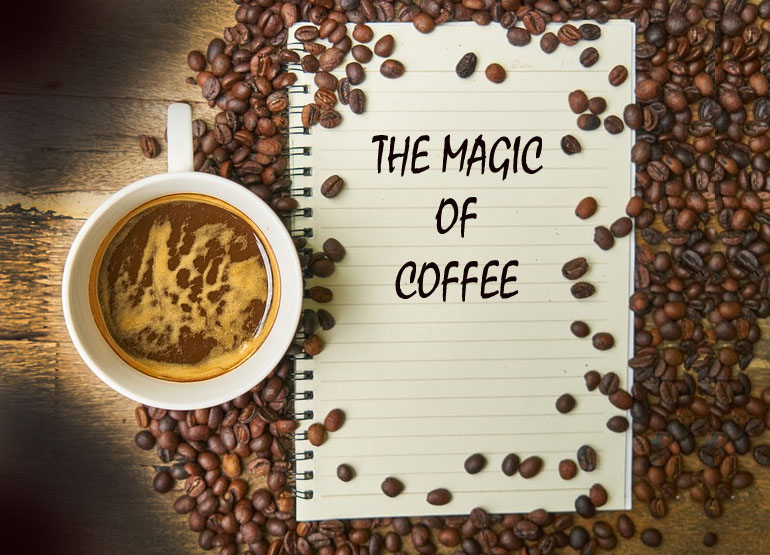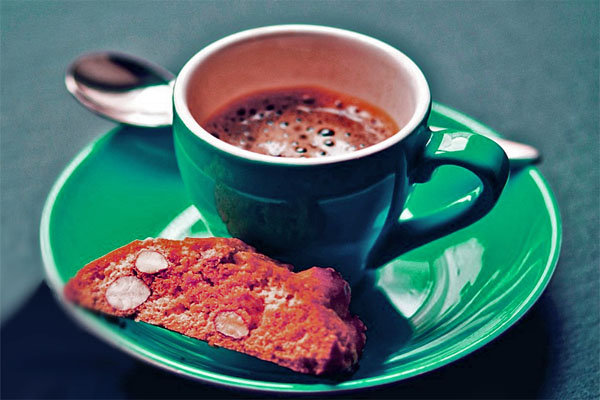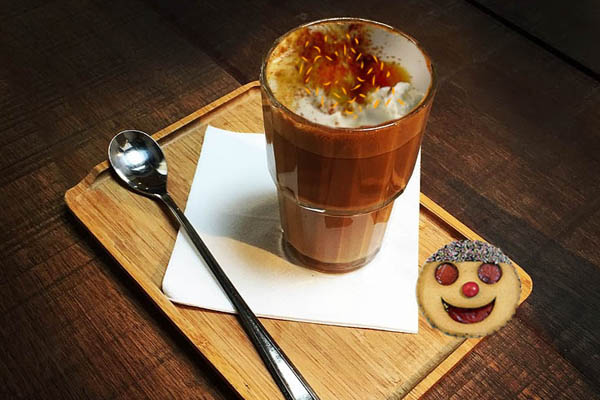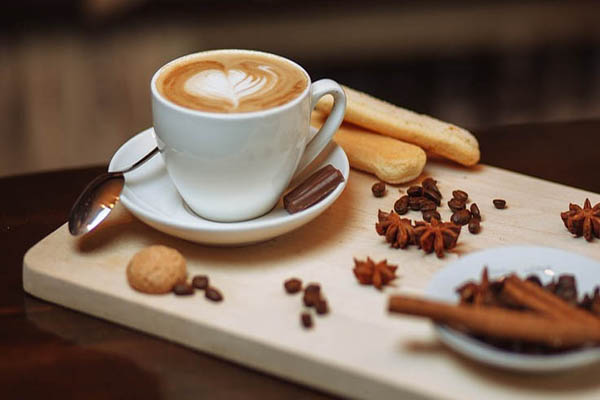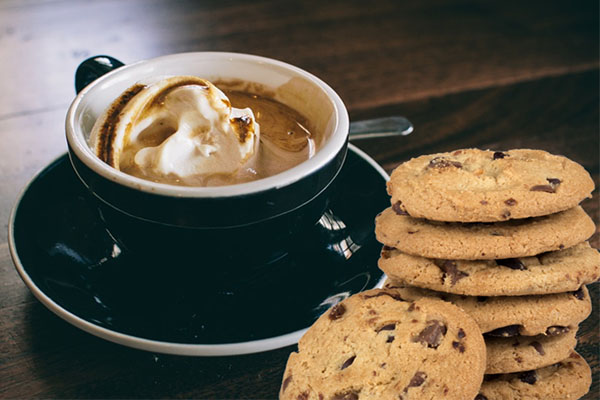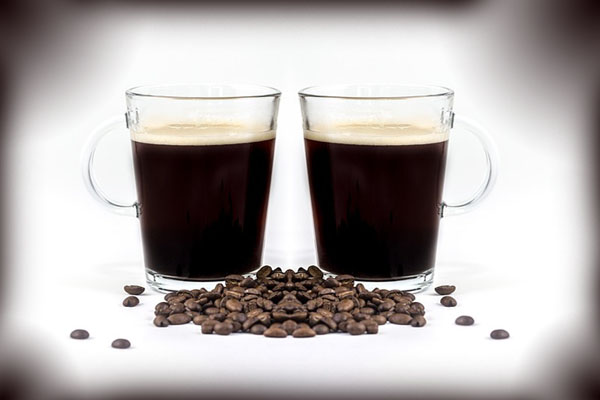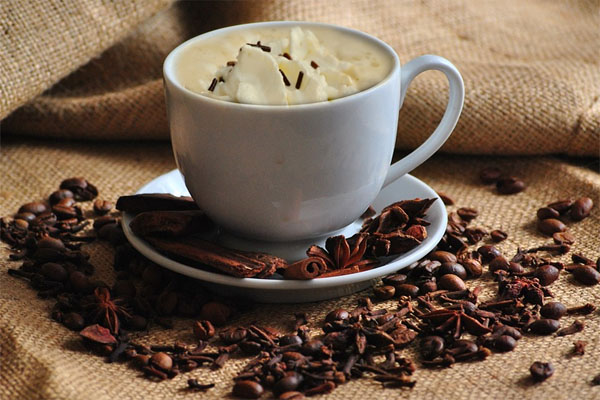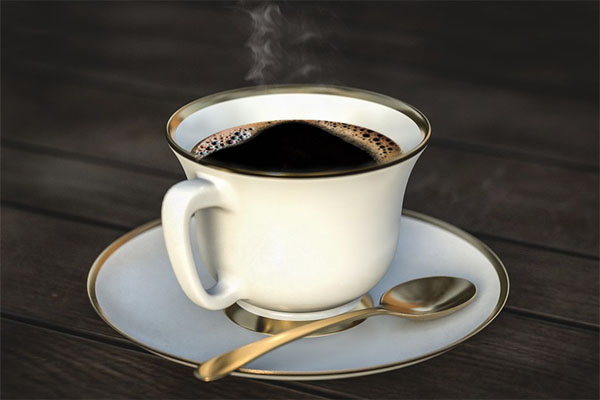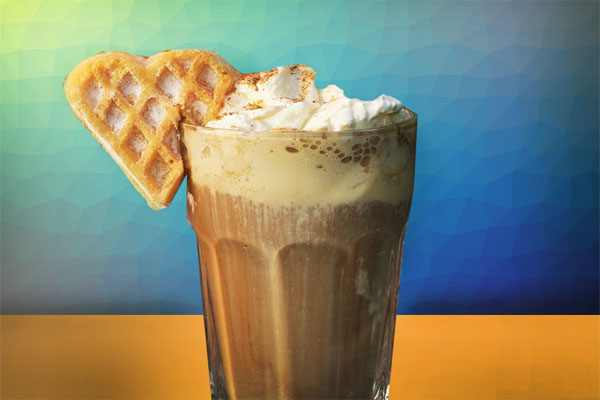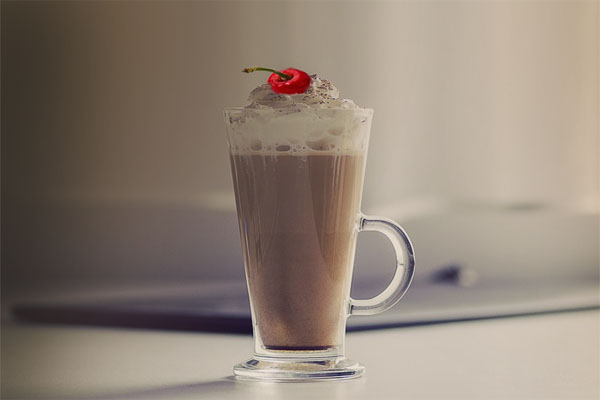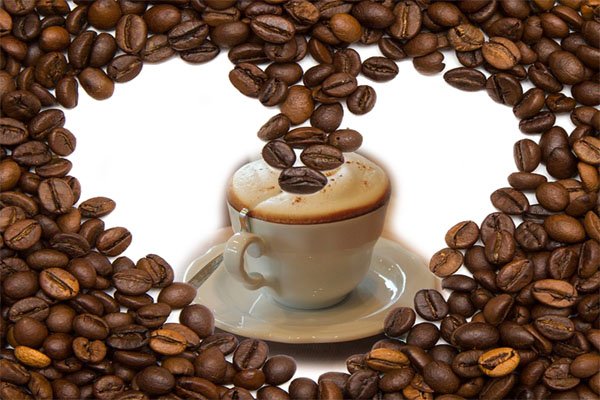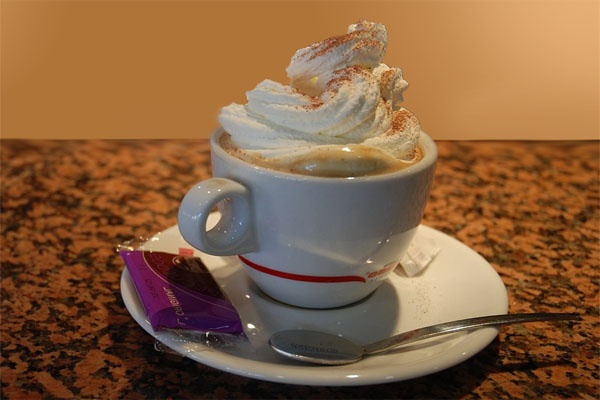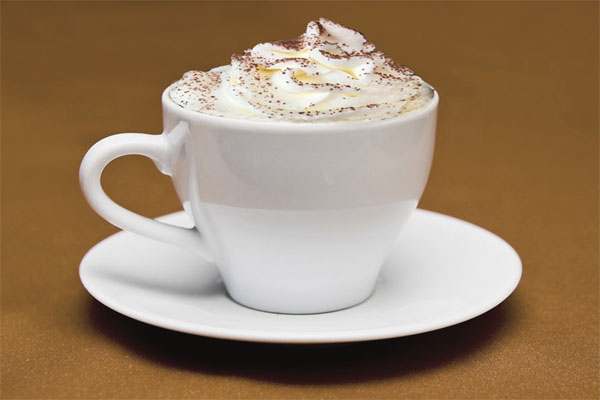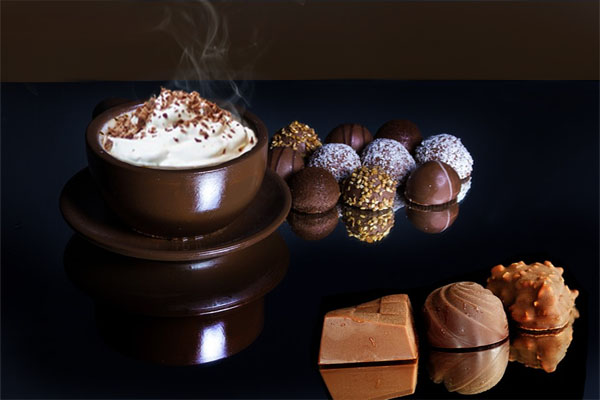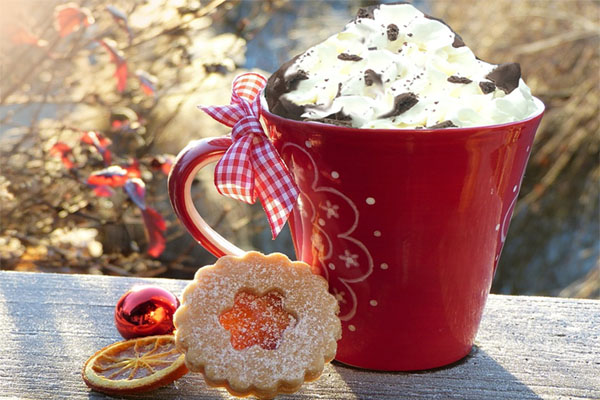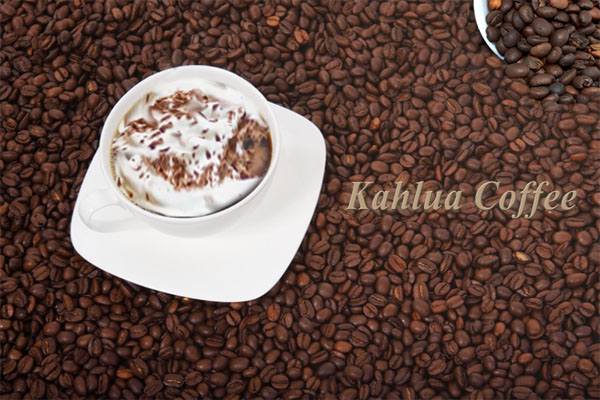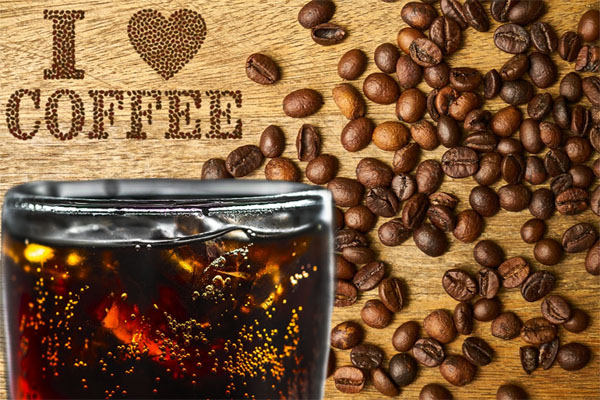Popular Drinks
A signature drink instantly makes any occasion festive...
The Magic of Coffee
The amount of caffeine in a cup of coffee can vary greatly, depending on its origin or the composition of the blend, the method of brewing and the strength of the brew. Coffee used in recipes and drinks is very strong, usually double strength.
Instant, or soluble, coffee generally contains less caffeine than roast and ground coffee but may be consumed in greater volume. Robusta coffees have about twice as much caffeine as Arabicas.
Decaffeination may also be part of the processing that coffee seeds undergo. Seeds are decaffeinated when they are still green.
Many methods can remove caffeine from coffee, but all involve either soaking beans in hot water or steaming them, then using a solvent to dissolve caffeine-containing oils. Decaffeination is often done by processing companies, and the extracted caffeine is usually sold to the pharmaceutical industry.
Browse Coffee Recipes:
Classic Italian Espresso Caffè
A small cup of very strong coffee that is brewed in a...
Party Cappuccino
Perfect recipe for Christmas or any other holiday...
Italian Cappuccino
Cappuccino is best served in a pre-heated 5 oz. espresso cup...
Mexican Coffee
You will enjoy the combination of taste and smell...
Italian Caffé Latte
A good Caffè Latte is always an espresso...
Bahamas Coffee
Make your family, friends, or your guests feel special...
Cool Chocolate Espresso
This Cool Chocolate Espresso is great for every season...
Chocolate Coffee Soda
Great for any occasion. Try it today...
Cointreau Chocolate Coffee
Recreate your favorite coffee house gourmet coffee at home...
Italian Amaretto Coffee
When you need a little extra motivation, this coffee mix is...
Viennese Chocolat Coffee
For great party version, give it an extra kick with...
Mint Chocolat Coffee
Easy to prepare and great for any celebration...
Jamaican Coffee Soda
Try this refreshing and easy to make Jamaican coffee soda...

RomWell Cookbook
Discover various delicious and useful recipes...Recomended Readings:
If you are a coffee lover and want to learn more about the magic beans there are some great books you should read.
Since its discovery in an Ethiopian rainforest centuries ago, coffee has brewed up a rich and troubled history, according to Uncommon Grounds, a sweeping book by business writer Mark Pendergrast. Over the years, the beverage has fomented revolution, spurred deforestation, enriched a few while impoverishing the many, and addicted millions with its psychoactive caffeine. Coffee is now the world's second most valuable legal commodity, behind oil, according to Pendergrast, who is also author of the interesting book "For God, Country, and Coca-Cola". A good cup of coffee can turn the worst day tolerable, can provide an all important moment of contemplation, can rekindle a romance," he writes. "And yet, poetic as its taste may be, coffee's history is rife with controversy and politics." For example, coffee bankrolled Idi Amin's genocidal regime in Uganda and the Sandinistas' revolution in Nicaragua. Uncommon Grounds provides some fascinating tidbits.
Italian Espresso Caffè is a small cup of very strong coffee that Italians not only sip from tiny cups, it is also brewed in a special machine that forces boiling water through the dark roasted, finely ground coffee beans. A 'cup' is usually understood to contain 150 ml (5 oz in the United States) but an Espresso Caffè may be as small as 40 ml. Espresso Caffè is also used as the basis for other drinks like: caffè late, cappuccino, caffè macchiato, Espresso con Panna and many more. If you want to learn more about expresso, find and buy a well writen book "Espresso Coffee: Professional Techniques" by David C. Schomer, an excellent guide to espresso. This book has been called the 'Barista's Bible,' and for good reason.
Cappuccino Cocktails: Specialty Coffee Recipes and 'A-Whole-Latte' more! by S. M. Zimmer is a great gourmet coffee book that even illustrates "How to Make a Cappuccino WITHOUT a Machine!" This inventive and witty book is brimful and ready to serve you with fascinating coffee tips, unique techniques and trivia from "Beans and Machines" to "Cream of the Cup"; from "Coffee-o-logy" to "Coffee and Your Health" and much, much more! A perfect year-round gift for all coffee lovers!
Perfect Cup: A Coffee Lover's Guide to Buying, Brewing and Tasting by coffee expert Timothy James Castle is a great book that chronicles the coffee revolution in America and offers information on everything from the bean itself to brewing and appreciating the perfect cup.

